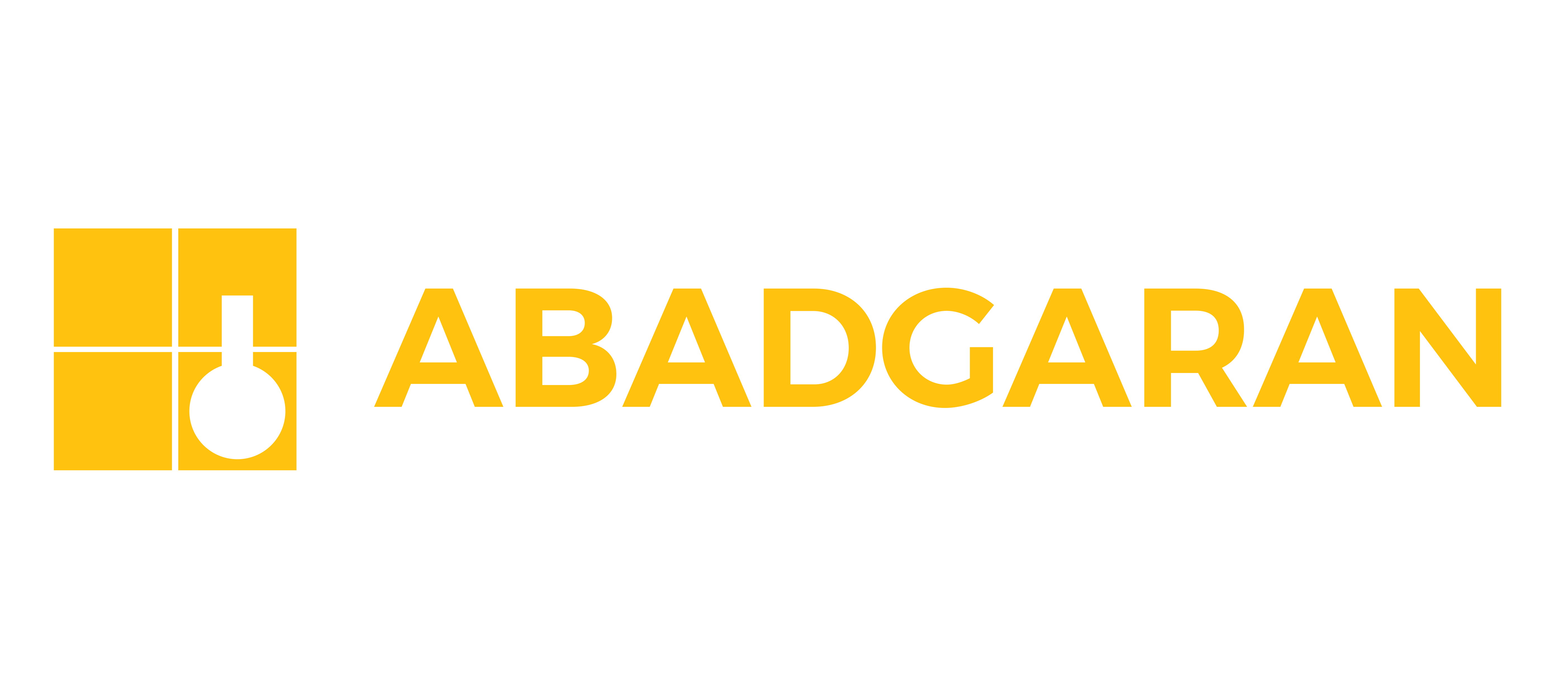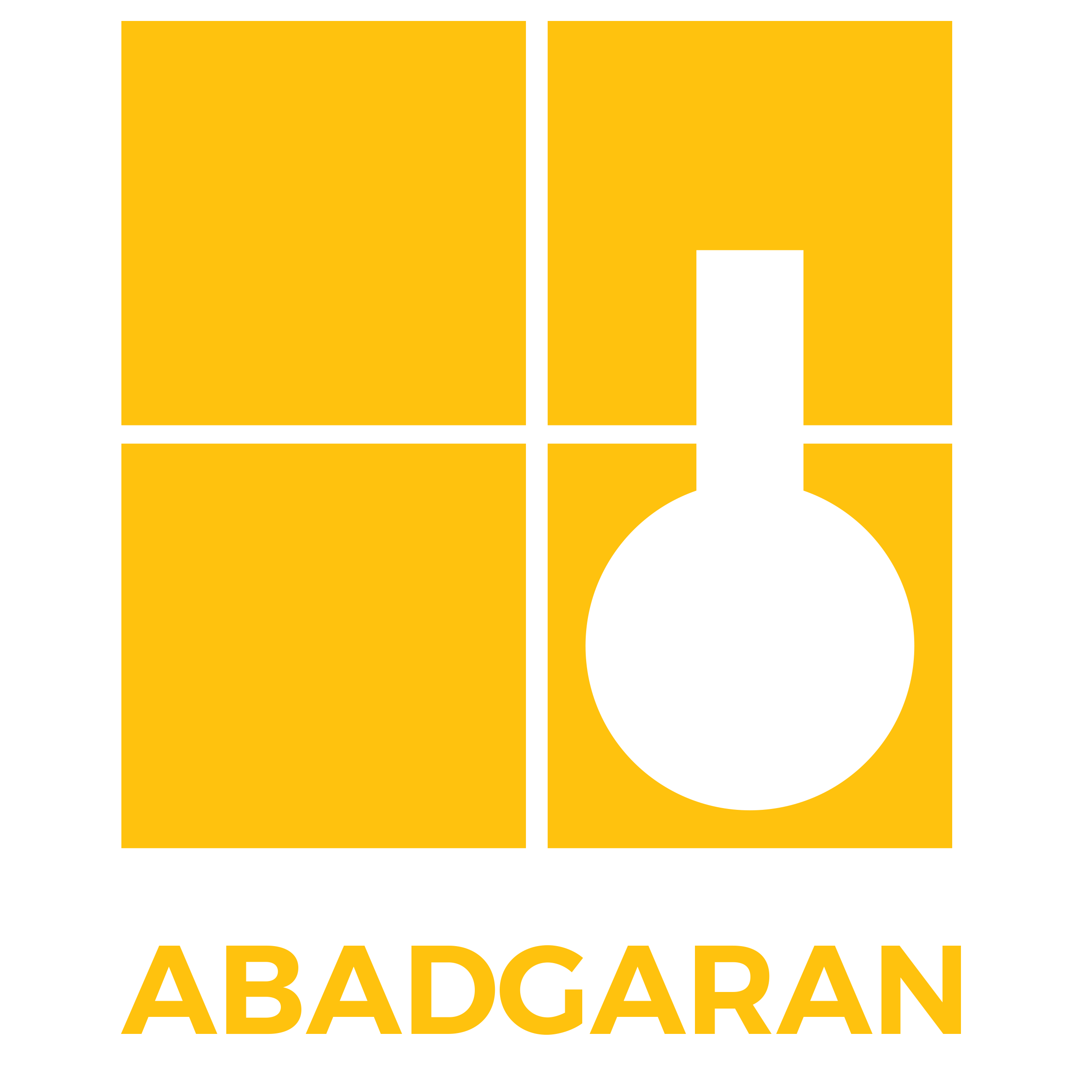
Please wait, loading...

Please wait, loading...

![]()

Shotcrete is a method of applying concrete at high velocity, primarily onto vertical or overhead surfaces. The force of application compacts the concrete, making it dense and cohesive. Although the hardened properties of shotcrete are similar to those of conventional cast-in-place concrete, the placement method results in excellent bonding to most substrates and enables rapid or even immediate setting, especially for complex shapes or forms. The shotcrete process requires less formwork and can be more cost-effective than traditional concrete.

Shotcrete is applied using either the wet-mix or dry-mix process. In the wet-mix process, all materials—including water—are mixed before being fed into the delivery hose. In the dry-mix process, water is added to the mixture at the nozzle during application. Shotcrete is used in both new construction and repair projects and is especially suitable for thin and curved elements, as specified in ACI 506R.

In cases where the shape of the work is complex or formwork is difficult and costly—particularly in the rehabilitation of buildings and bridges—this type of concrete is used.
A major advantage of this concrete compared to conventional concrete is that only internal formwork or an existing surface is required. For this reason, this method has increasingly been used for circular and curved surfaces such as tunnels and chimneys. Shotcrete is classified as either dry-mix or wet-mix, depending on when water is added to the mixture of aggregates and cement.
Advantages of Shotcrete Application
Due to its affordability and ease of use, shotcrete is often used as an alternative to conventional concrete. The benefits of shotcrete become especially evident when:
In addition, shotcrete application only requires a relatively small and portable machine, making it ideal for projects with limited access for construction or repair.
Surface and Slope Protection
Shotcrete is also commonly used for temporary protection of surfaces that are at risk of deterioration due to frequent exposure to air. It’s also applied for permanently covering indentations that may erode over time.
When applying shotcrete to these surfaces, it is essential to ensure proper drainage to avoid damage from excessive uplift pressure. Shotcrete can also be used on landfills and other large surface areas to help prevent water infiltration, making it a practical solution for environmental protection.
Shotcrete in New Construction
While shotcrete is not always the fastest concrete application method for every project, when thin layers of concrete are required over large surface areas, it can significantly save time and speed up execution.
Some structures where shotcrete is especially effective include:
Pools and Tanks: Shotcrete is used in constructing swimming pools and large aquariums.
Floors and Walls: Shotcrete is well-suited for tank and pool floors, whether placed over well-compacted foundations or undisturbed soil. It is also widely used for vertical and overhead structural elements such as walls, slabs, columns, and beams.
Domed Structures: Such as residential homes, greenhouses, bridges, and more.

Post-Application Actions for Shotcrete
Immediately after application, shotcrete must be continuously cured, maintaining moist conditions for at least 7 days, or until the specified strength is reached, or until the next layer of shotcrete is applied.
Shotcrete in Hot Weather
Shotcrete should not be applied when material temperatures are high:
Shotcrete in Cold Weather
When the ambient temperature is 40°F (4°C), application may proceed, especially if it rises to 50°F (10°C) for latex-modified shotcrete. However, if the temperature is falling below 40°F, shotcrete must be stopped unless protective measures are in place.
The temperature of the shotcrete material during spraying should not be below 50°F or above 90°F. Shotcrete must not be applied to frozen surfaces. In such cases, standard procedures for cold weather concreting and frost protection should be followed.
Protection After Spraying
Curing Methods
When the average daily temperature is above 40°F (4°C):
If shotcrete is placed when the average daily temperature is 40°F or lower, cold weather protection must be maintained until 70% of the specified strength is gained.
Acceptable curing methods include:
Complete Wet Curing Options
One of the following methods must be used for complete wet curing:
a) Continuous spraying or misting for at least 7 days
b) Covering with wet absorptive mats or sand kept continuously moist
c) Covering with impermeable sheet materials
Shotcrete Acceptance Criteria
Acceptance or rejection of shotcrete should be based on:

Boiled Absorption and Volume of Permeable Voids – If required, the average test results on three specimens taken from a test panel or in-place shotcrete shall be less than or equal to the specified boiled absorption. The specified volume of permeable voids shall not exceed the specified test-age limits by more than 1% without additional testing.
Flexural Parameters – For FRS (Fiber-Reinforced Shotcrete), whenever flexural strength and toughness parameters are required, they shall conform to the requirements specified in the contract documents.
Bond Strength – If required, the average bond strength of the specified number of cores shall not be less than the minimum specified bond strength, and no individual core shall have a bond strength less than 75% of the specified value.
Reference:
SP-1(02); ACI 506R-16; ACI 506.2-13; ACI 506.4R-19; ACI PRC-506.1-21; CCS-4(20); American Shotcrete Association